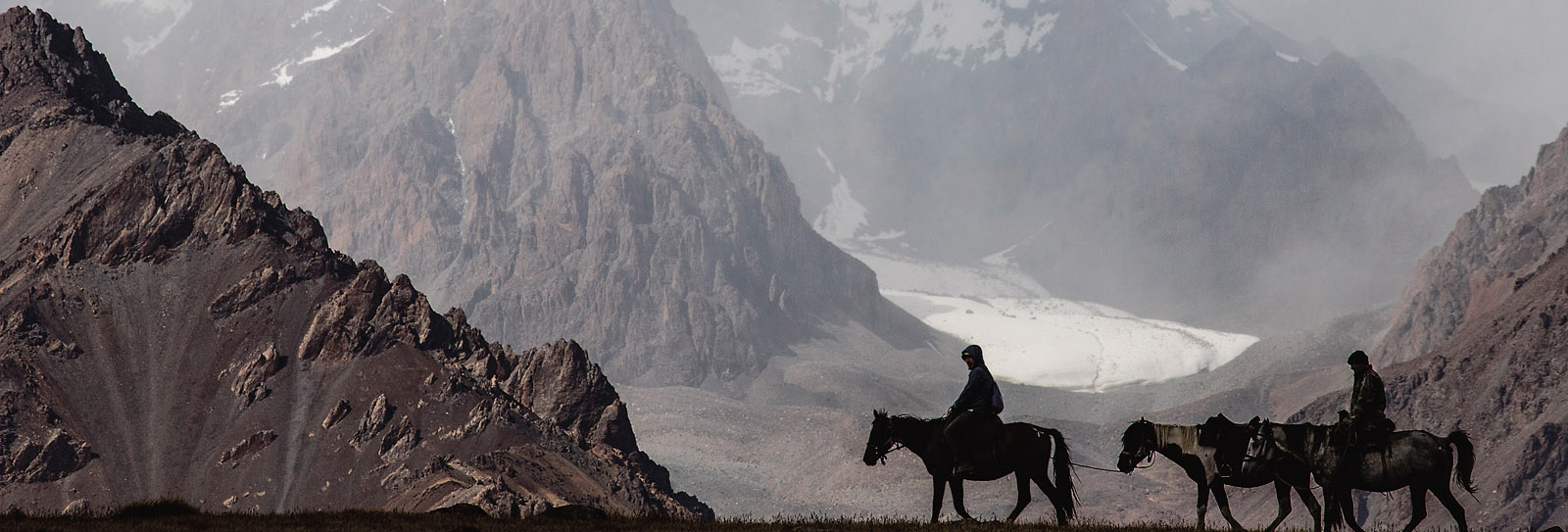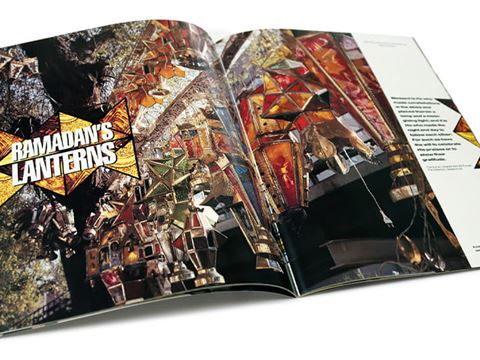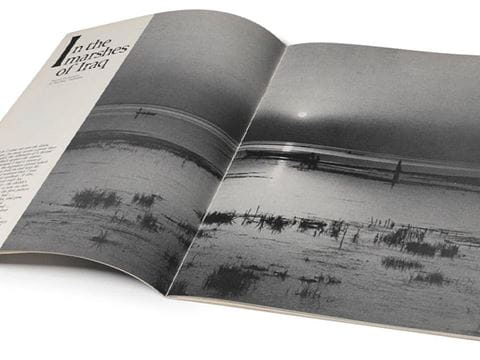
Spotlight on Photography: Kuylu Valley by Stephen Lioy
Little explored for tourism and not a popular destination even among locals, this section of the Tien Shan mountains, some 360 kilometers east of Bishkek, Kyrgystan’s capital, lies near the border with China.
Little explored for tourism and not a popular destination even among locals, this section of the Tien Shan mountains, some 360 kilometers east of Bishkek, Kyrgystan’s capital, lies near the border with China. We trekked down a rough pasture road off the highway that winds towards the village of Enilchek. With Kyrgyzstan’s borders effectively closed to tourists in summer 2020 because of the pandemic, many in the domestic tourism sector took to the mountains to find trekking routes and local travel destinations. Spurred by a pretty view from the bottom of the valley and tempting topography on the map, along with friends from Kyrgyzstan Tourism, we headed up the Kuylu Valley. On our final evening, while laying out our sleeping bags in a vacant hut, local shepherd Altyn (pictured here on the last horse) rode across the river and invited us to join him for a trip to his pastures the next morning.
Horses are excellent models but difficult photography platforms. As I often do in Kyrgyzstan, I rode with the group to the top of the valley to then dismount and take pictures on foot. At some point, as I wandered off from the group, I could see Kanat Murzabek uulu (here on the first horse) approaching and the composition forming. I raced ahead to frame the three horses against the backdrop of the 4,600-meter peaks of the Mola Valley behind them.
—Stephen Lioy
@slioy
stephenlioy.com
You may also be interested in...

Orion Through a 3D-Printed Telescope
Arts
With his homemade telescope, Astrophotographer Zubuyer Kaolin brings the Orion Nebula close to home.
Find Ramadan Lanterns on Cairo's Streets with John Feeney
Arts
In the March/April 1992 issue, writer and photographer John Feeney took AramcoWorld readers on a walk through the streets of Cairo during Ramadan.
Spotlight on Photography: Discover the Marshes of Iraq in a Visual Story by Wilfred Thesiger
Arts
History
“In the Marshes of Iraq” — November/December 1966